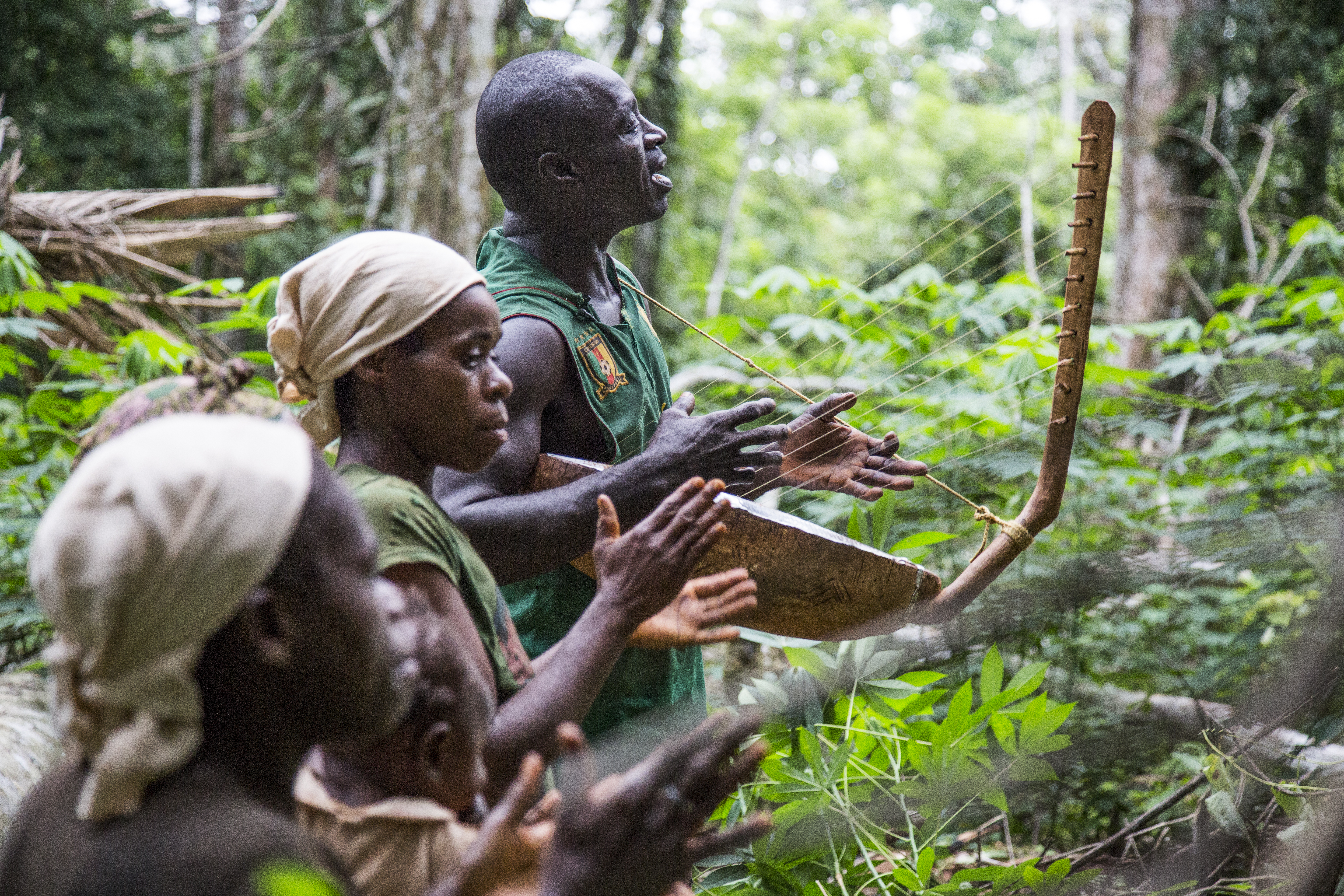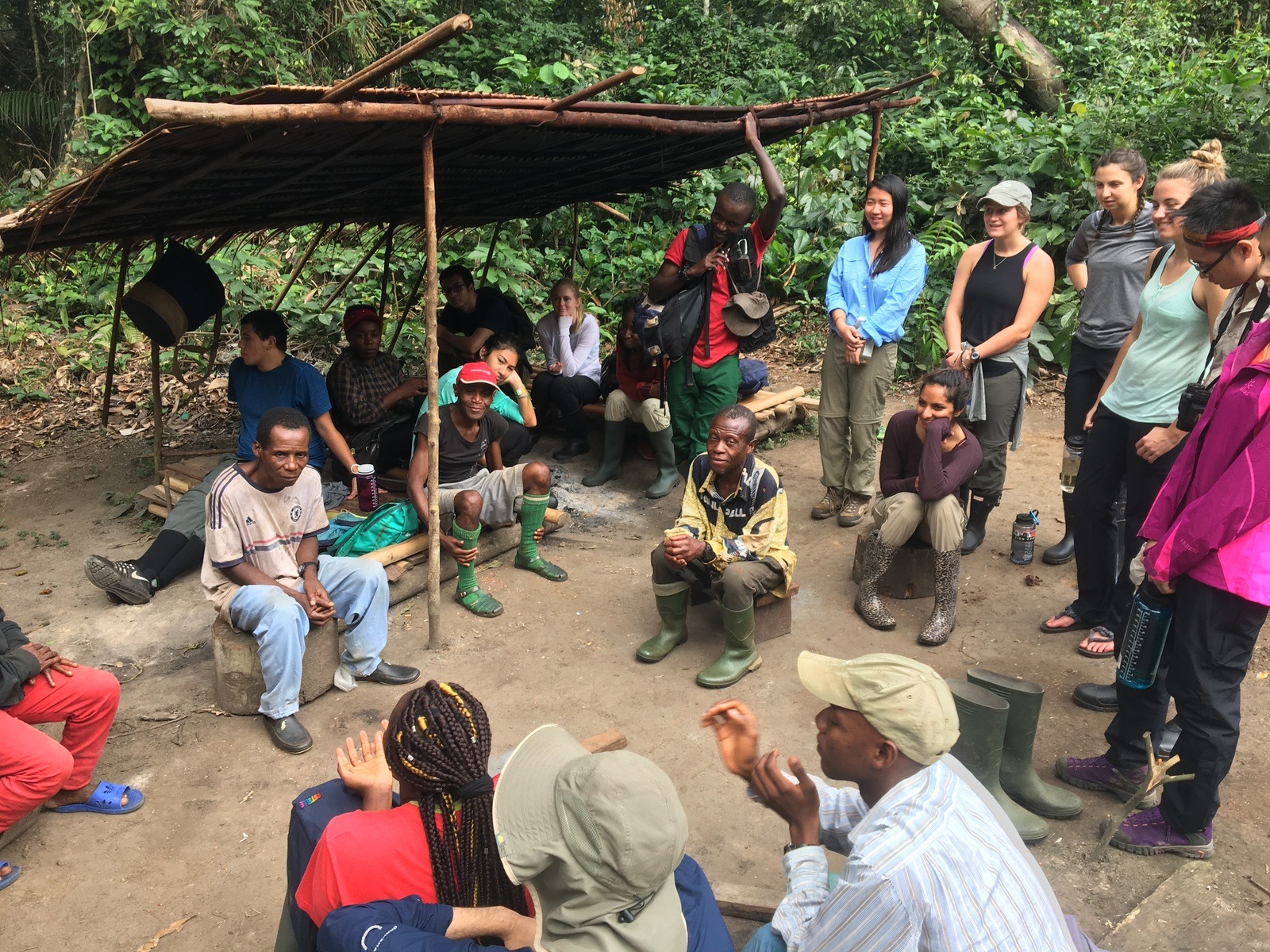For the past 20 years, we have been conducting research in the Dja Biosphere Reserve and adjacent areas. The Dja Biosphere Reserve is a UNESCO World Heritage site located in South Central Cameroon. The reserve comprises over 500,000 hectares, making it one of Central Africa’s largest protected areas. Our research began in 1993 with the establishment of the Bouamir research camp and 25-square-kilometer study site located near the center of the reserve. Since that time, research has focused on the role of vertebrate seed dispersers-particularly birds and primates, the impacts of hunting on vertebrate populations and on the genetics of the trees they disperse, conservation genetics, mechanisms of speciation, and disease research, both in the reserve and in adjacent areas. CTR also used the Dja as a base for groundbreaking work on the long distance movement and resource use of hornbills. We work closely with indigenous tribes who live in and around the Dja Biosphere Reserve as part of our research. Community members act as guides, and share their extraordinary wealth of knowledge about the ecology of the forest.
Tracking Hornbill Movements in Cameroon
Related Publications



